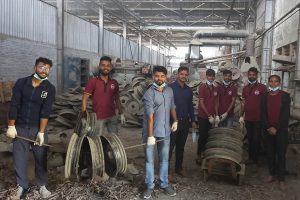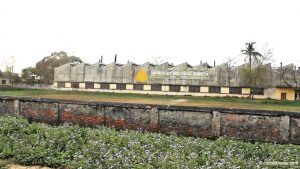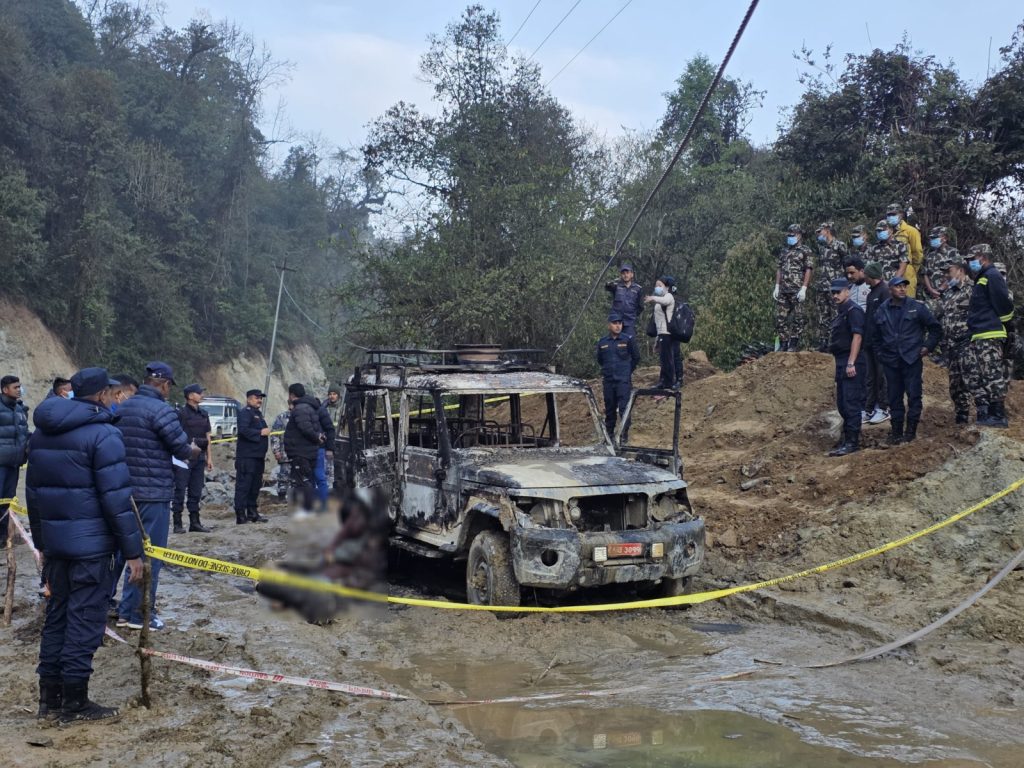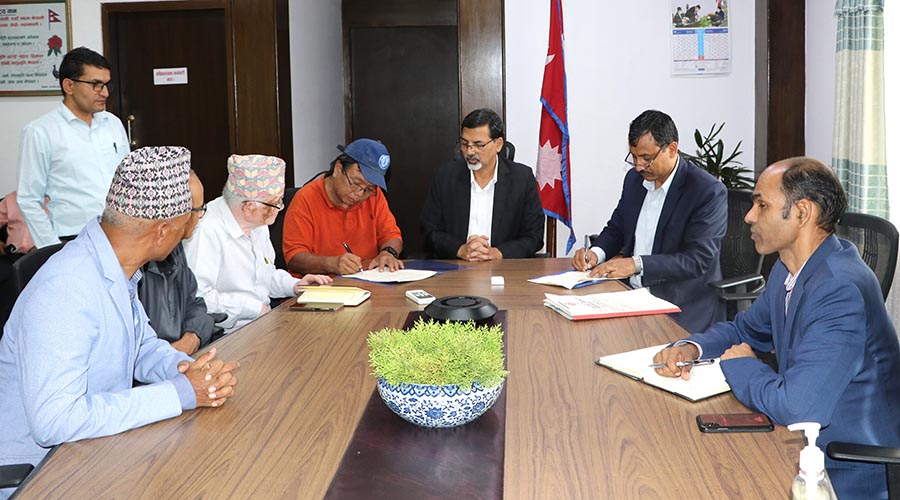
The government has authorised Mahabir Pun-led National Innovation Centre (NIC) to revive Krishi Aujar Karkhana, an agricultural tool factory owned by the government. The Ministry of Finance signed an agreement with the NIC on September 27, after a cabinet’s decision, giving the centre responsibility to run the factory for the next 10 years.
The factory was arguably Nepal’s first and only agricultural tool factory that has not been in operation for the past two decades.
With the efforts to revive, will Krishi Aujar Karkhana come into operation? What will it take for the government to revive the factory back to its glory? Here is all you need to know about its past, present and the future.
History

Nepal set up Krishi Aujar Karkhana in Birgunj with the help of the Soviet Union (now Russia) on February 28, 1967. King Mahendra Shah inaugurated the factory on June 8, 1966.
It spreads across 3.39 hectares of land with an additional residential area of equal area. The factory premises consist of a showroom building, a security building, a water pump manufacturing workshop, administration quarters, a guest house, and quarters for (high-level) staffers.
It first shut down in 1995 and then completely shut down in the early 2000s. So now, the factory, full of modern agricultural tools, and equipment is in ruins.
In the initial years, Krishi Aujar Karkhana was operating profitably. With 90 per cent of the population dependent on agriculture, the factory started making the tools needed in the agricultural sector. The factory produced hand sickles, hoes, spades, threshers, pump sets, ploughs, tillers, threshers, pump sets, steel trailers, garbage containers, electric poles, suspension bridges, drinking water and sewage management tools in partnership with different national and international bodies.

The factory also produced other small tools used in agriculture. They catered to the farmers in every corner of the country by making agricultural tools more accessible at reasonable prices. The factory had sales depots and dealers in different parts of the country to supply them. Bodies like Nepal Airline Corporation, Nepal Telecom, Nepal Electricity Authority, Dairy Development Corporation etc also made their necessary equipment here.
But, agricultural tools produced in India and other countries were getting cheaper. And, due to the open border with India, people used to smuggle tools into Nepal illegally. On the other hand, the Nepal government’s policy failed to introduce the right policies to support the factory.
As a result, Krishi Aujar Karkhana started operating at a loss.
The ups and downs
Krishi Aujar Karkhana was privatised in 1997 as per the plan to increase productivity and take the factory into profits. After selling 65 per cent shares of the factory, the private sector took responsibility for its operations. But, instead of manufacturing tools, the private sector started selling already manufactured goods stored in various depots, and parking the vehicles on the factory premises.
But, as the factory operation was not smooth, the operators could not pay employees’ salaries or allowances. Due to the indifference of the private sector, there was confusion regarding the factory’s operation and management too. Eventually, the factory was closed.

On November 14, 2001, the government again decided to operate Krishi Aujar Karkhana. But, the Ministry of Finance did not release the capital needed to operate the factory on time. Finally, a cabinet meeting held on March 18, 2003, decided to shut the factory down, again, for good.
The factory’s land is still maintained, free of encroachment, but some portions of the concrete compound walls around the premises have collapsed during different monsoon seasons. There is one person in charge of security with six young security guards working under the contract.
But, the factory and any materials inside there are all in the same physical conditions. The closed factory still has Rs 3.3 million in arrears and fines due and Rs 6.6 million in electricity tariffs. One will have to clear them before the factory resumes its operation.
What next?
The NIC team has already started its homework to resume the operation of Krishi Aujar Karkhana. A team of technicians visited the factory and studied the condition of the tools and equipment there. The team has found 43 of the 54 machines can still be operated.
The team members also have started to clean the factory as well as prepare the materials, informs Prajwal Koju, a mechanical engineer of the National Innovation Centre.
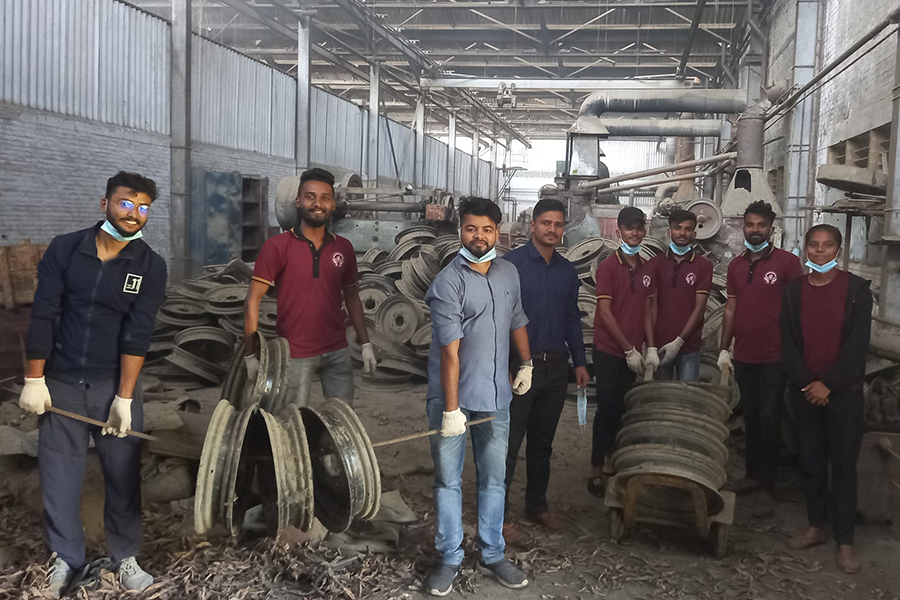
“We have started cleaning, and assessing if the existing machine tools are still workable. So far, lathe machines, cutters, and grinders are fine. The motors are also in good condition but need some maintenance before we bring them back into working condition.”
Mahabir Pun, the NIC chairman, says that Krishi Aujar Karkhana will now be modernised. “The machinery previously used was 60 years old, so it is necessary to upgrade some mechanical tools, while some are good to use as they are. We will increase its capacity with automation.”
He says his team plans to produce 10-15 new agricultural tools besides those that were being manufactured in the past, within a year of resumption. Pun further shares that the centre is making plans to bring the factory back to its full capacity within the next two to three years of operation.
The first meeting of the factory management committee will decide to prepare a property valuation of Krishi Aujar Karkhana, build the physical infrastructure required to resume operation, and maintain the existing infrastructure and machinery. The NIC will also mobilise a team to understand the condition of the existing machines and prepare a report for the Ministry of Finance after estimating the amount of money needed for the factory’s management.






